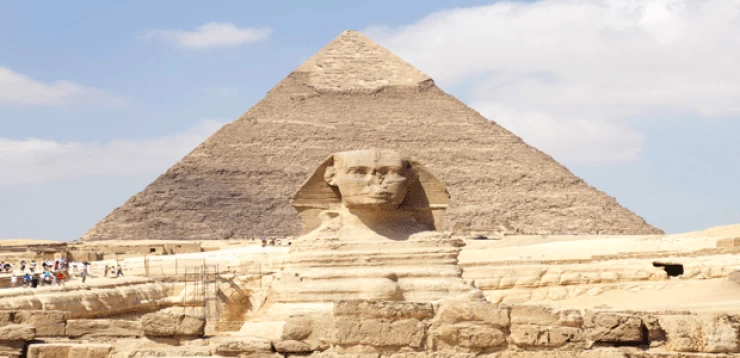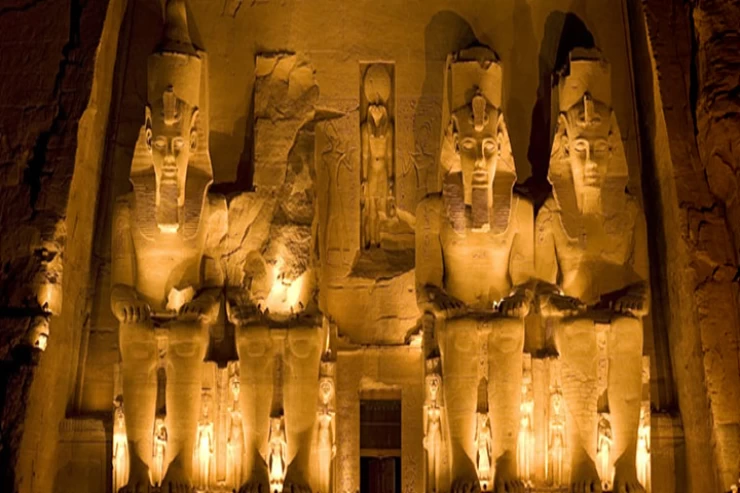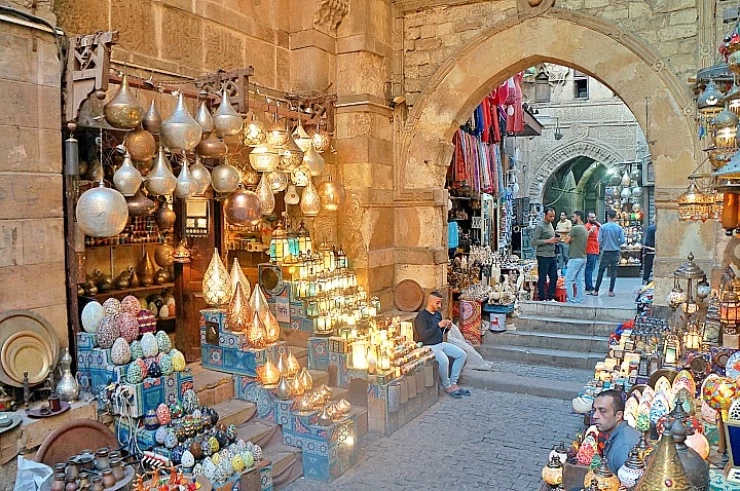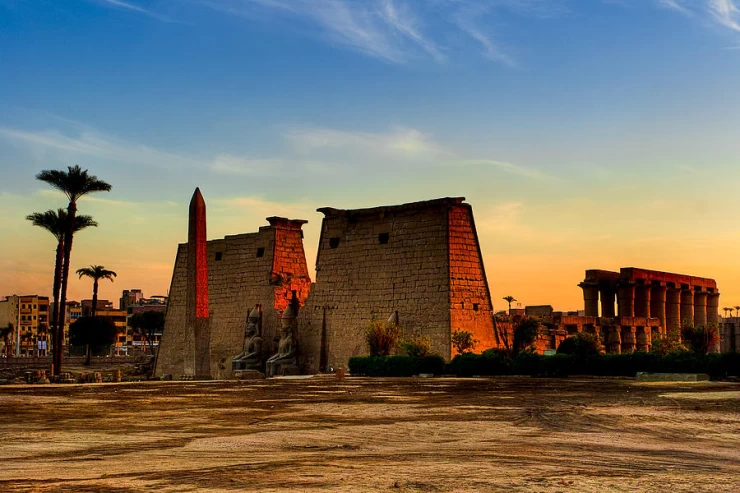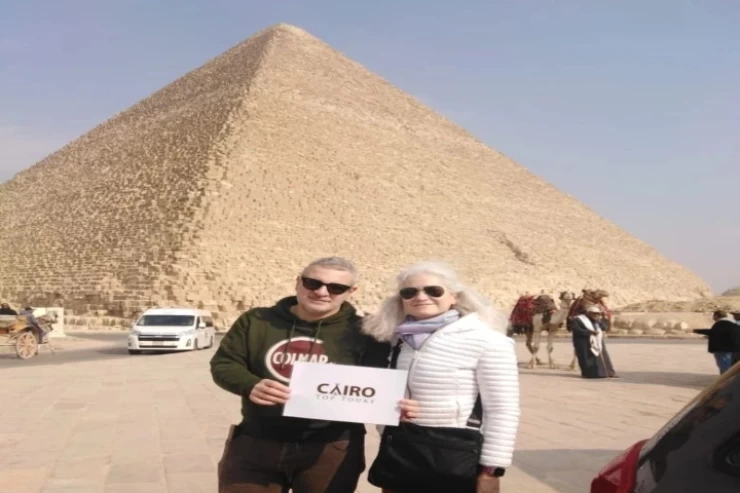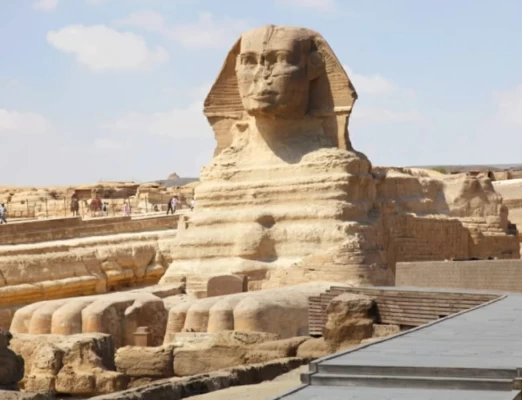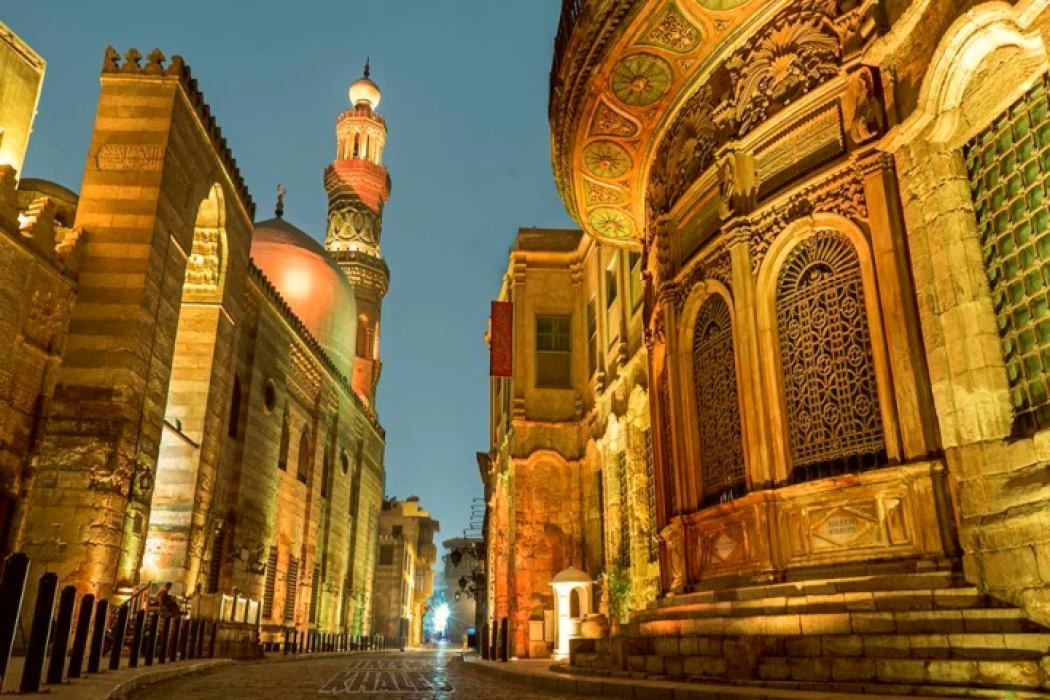
Complex of Qalwoon
Dome and mausoleum of Al-Mansur Ibn Qalawun
The dome is considered the second most beautiful mausoleum in the world after the Taj Mahal in India, and it is one of the finest examples of Ottoman domes in Cairo, whether in its unique and distinguished planning or in the diversity of its architectural and decorative elements. Before the death of Sultan Qalawun, it was considered a mosque and a school together, but after When he died, those around him decided to establish a burial ground and a Maqam, and the dome overlooks the right exterior facade of the complex.
the complex and many more Islamic architectures can be discovered through one of Egypt's Luxury tours that allows you to stay at the most outstanding hotels and Nile cruises or if you are traveling with a small amount of money and would like to save your time and expenses you can check our wide variety of Egypt cheap budget tours packages, if you have been on an accident and suffer from a physical injury don't ever worry because our professional operators customized a collection of Egypt wheelchair accessible tours packages that use all the accessible vehicles and different facilities for disabled people which is one of the main categories of our Egypt classic tours.

In 1776 AD, the Ottoman governor, Abd al-Rahman Katkhuda, demolished the original dome of the shrine, due to its danger on the road. However, the Committee for the Preservation of Arab Antiquities set up one in its place that resembles the dome of the shrine of Al-Ashraf Khalil, which was close to the original dome.
The school is one of the most beautiful Mamluk schools built in the city of Cairo, which has not been repeated in Islamic architecture in Egypt. Sultan Al-Nasir Muhammad bin Qalawun built at its facade a small avenue that still exists, now.
The minaret, which is the largest minaret built in Egypt, consists of a square base topped by a square part, then the first balcony above it is a smaller square part until the second balcony, octagonal in shape, topped by a round part containing stone decorations, ending in the shape of an open flower to be a canopy for the balcony of the second call to prayer. The top of the minaret is punctuated by wooden beams to suspend the means of lighting.
Latest Articles
Admin
Seabourn Sojourn Cruise Stops in Safaga Port
The Seabourn Sojourn, the flagship vessel of Seabourn Cruise Line's ultra-luxury fleet, was built in 2008 at the T. Mariotti shipyard in Genoa, Italy. Measuring 198 metres, it can accommodate up to 450 guests in its 225 spacious all-suite staterooms.
Admin
Norwegian Sky Cruise Stops in Safaga Port
Norwegian Cruise Line operates a cruise ship called the Norwegian Sky. It was constructed in 1999 and can accommodate 2,004 passengers in addition to 878 crew members. The ship has several dining establishments, lounges and bars, a spa and fitness center, swimming pools, and a number of entertainment areas.
Admin
Explora II Cruise Stops in Safaga Port
Explora II, the second vessel in the Explora Journeys fleet, sets sail in 2024 to redefine luxury cruising. With 461 ocean-front suites, 9 culinary experiences, and 4 pools, this haven of sophistication and sustainability promises an unforgettable "Ocean State of Mind" journey to inspiring destinations.
Admin
Mein Schiff 6 Cruise Stops in Safaga Port
The Mein Schiff 6 is the latest cruise ship in the renowned TUI Cruises fleet, offering passengers a luxurious and sophisticated cruise experience. At 315 metres long, this floating resort features a range of dining options, entertainment, and recreational facilities, including a spa, fitness centre, and sports amenities.
Admin
Mein Schiff 4 Cruise Stops in Safaga Port
When the Mein Schiff 4 cruise ship docks in Safaga, Egypt, passengers are granted access to a realm of ancient wonders. Aboard this state-of-the-art vessel, guests can embark on meticulously curated shore excursions that showcase the region's most iconic landmarks, including the Giza Pyramids, the enigmatic Sphinx, and the remarkable tombs and temples of the Valley of the Kings in Luxor.
Admin
MS Europa Cruise Stops in Safaga Port
The Silver Moon, Silversea's latest flagship, is a luxury cruise ship that offers an exceptional travel experience for Venezuelans exploring Egypt. With a capacity of 596 guests and an impressive 40,700 gross tonnes, the Silver Moon maintains the small-ship intimacy and spacious all-suite accommodations that are the hallmarks of the Silversea brand.






